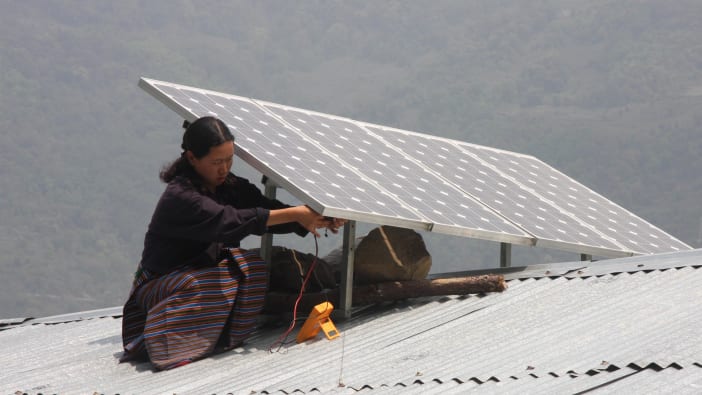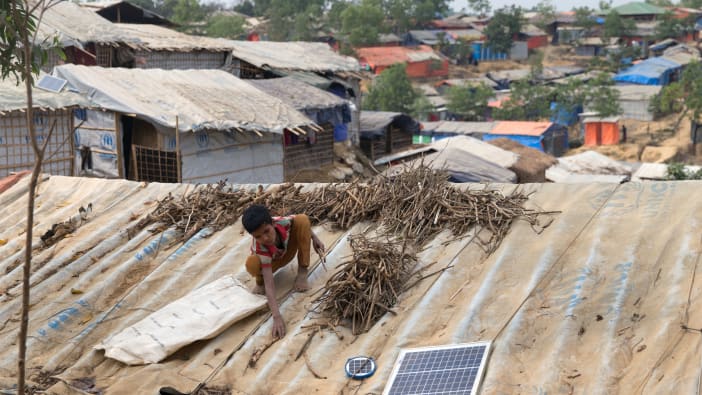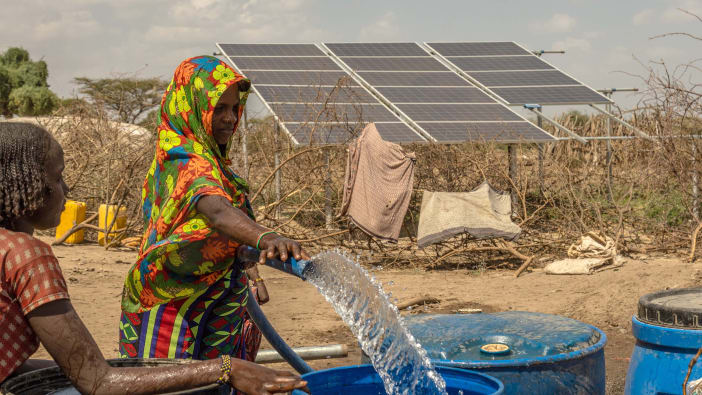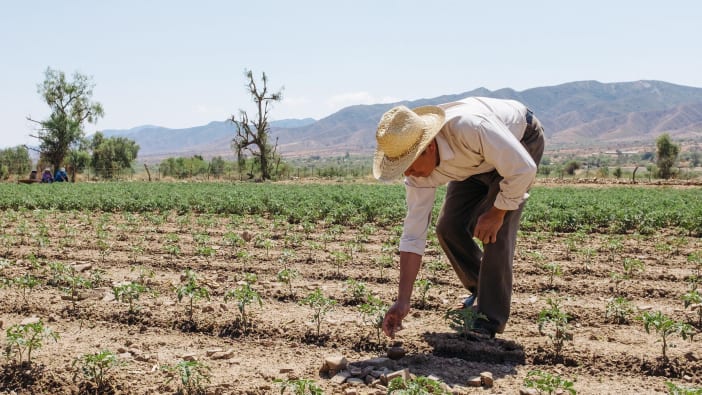Policy positions
Designing sustainable subsidies to accelerate universal energy access
Key principles for the design of pro-poor subsidies to meet the goal of sustainable energy for all
2020 Available in English
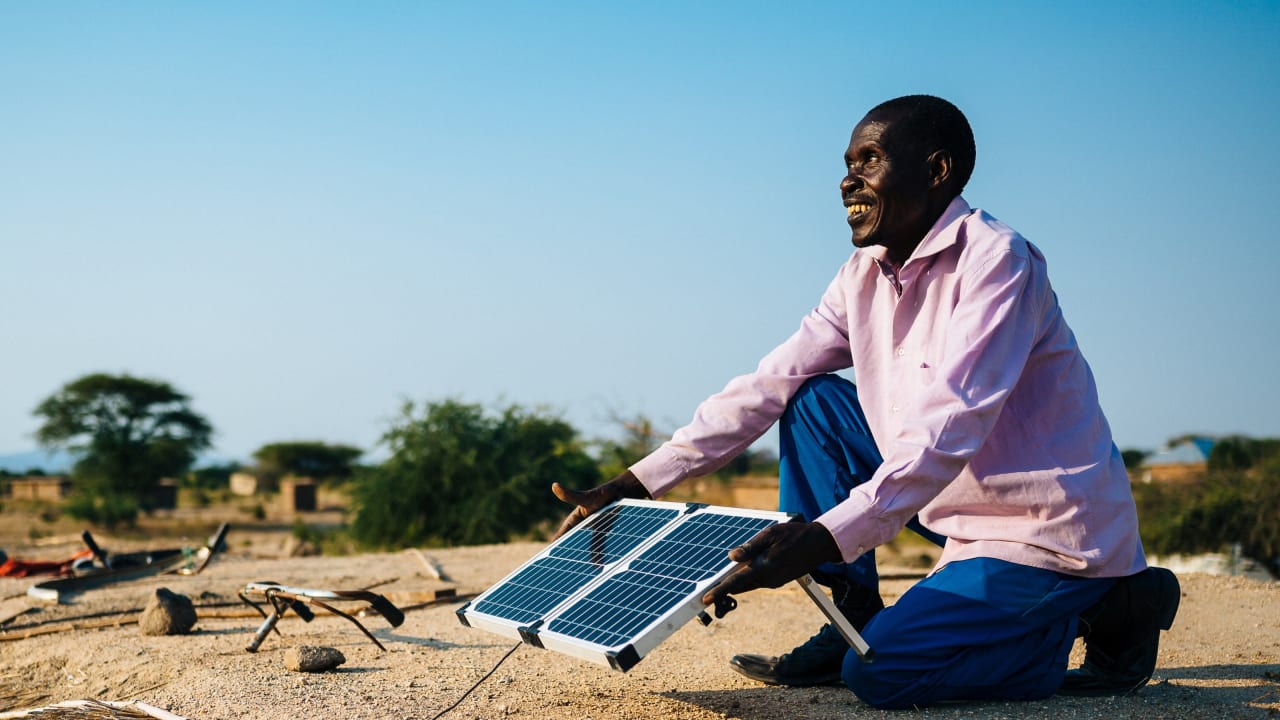
Man positions a solar panel on the roof of his house in Tanzania. Photo: Tom Price/Tearfund
Download resource
Similarly Tagged Content
Share this resource
If you found this resource useful, please share it with others so they can benefit too.

Get our email updates
Be the first to hear about our latest learning and resources
Sign up now - Get our email updates


